The majestic bald eagle
We humans are fascinated by the bald eagle (Haliaeetus leucocephalus), with its majestic presence and its identification as a symbol. In fact, the United States has made it its national symbol.
Its impressive size, which can reach 2.5 metres, makes it one of America’s largest birds. Its adult plumage is largely dark brown with a characteristic white head and tail, but the young birds have a more uniformly white-speckled brown plumage.
Bald eagles tend to be found around streams and rivers, lakes and ocean shores, where they can hunt a variety of prey, particularly fish, aquatic birds and sometimes small mammals. With its exceptional eyesight, it can spot prey from great heights and swoop down to capture them with its strong talons.
These monogamous birds form enduring couples and every year, they build or repair a large nest, frequently high in trees or on rocky cliffs. The nesting sites are reused for several seasons and the nest itself can grow to an impressive size.
The population of bald eagles has experienced highs and lows over time. In earlier days, over-hunting and the general use of the pesticide DDT resulted in a dramatic decline of the species and placed its survival in danger. Thanks to conservation efforts and protection measures, however, this bird has been withdrawn from the endangered species list and has become a symbol of successful conservation.
Considered to be a key predator in the ecosystems in which it lives, the bald eagle contributes to the maintenance of ecological balance. Its strength, beauty and freedom continue to inspire us, and it remains a powerful symbol of North American wilderness. By protecting its habitat and continuing to implement conservation measures, we can guarantee that this majestic creature will continue to soar through the heavens for generations to come.
More from this author by clicking on his photo below.


Jacques Prescott131 Posts
Jacques Prescott est biologiste, professeur associé à la Chaire en éco-conseil de l’Université du Québec à Chicoutimi. Spécialiste de la biodiversité et du développement durable, il est l’auteur de nombreux livres et articles sur la faune et la conservation de la nature. Il nous fait l’honneur de rejoindre notre équipe de collaborateurs et signera chaque mois une chronique intitulée Faune et flore. / Jacques Prescott is a biologist, associate professor with the Chair in Eco-Counselling of the Université du Québec à Chicoutimi. A specialist in biodiversity and sustainable development, he is the author of numerous books and articles about wildlife and nature conservation. He has honoured us by joining our team of contributors and will write a monthly column entitled Wildlife and Habitat.
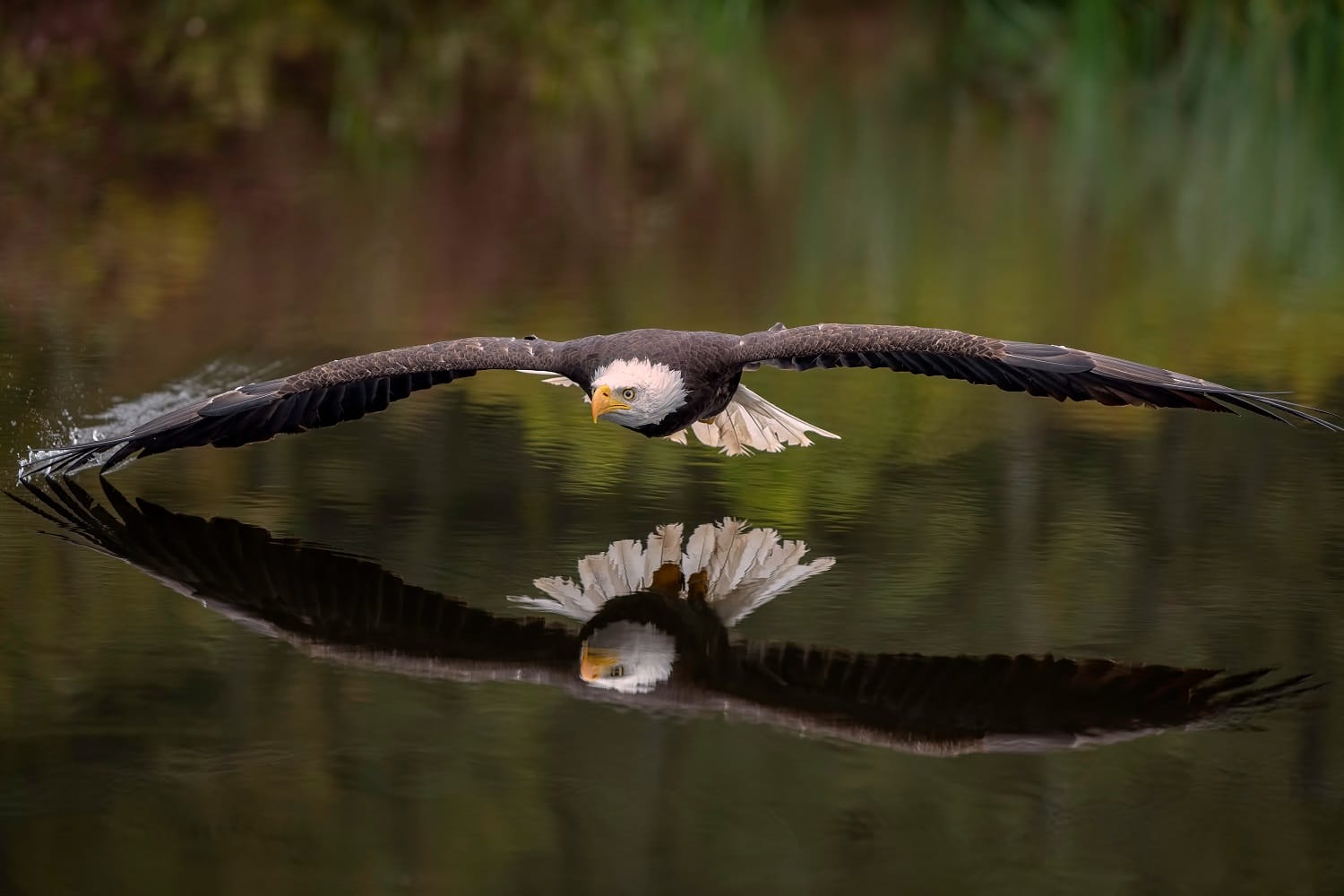


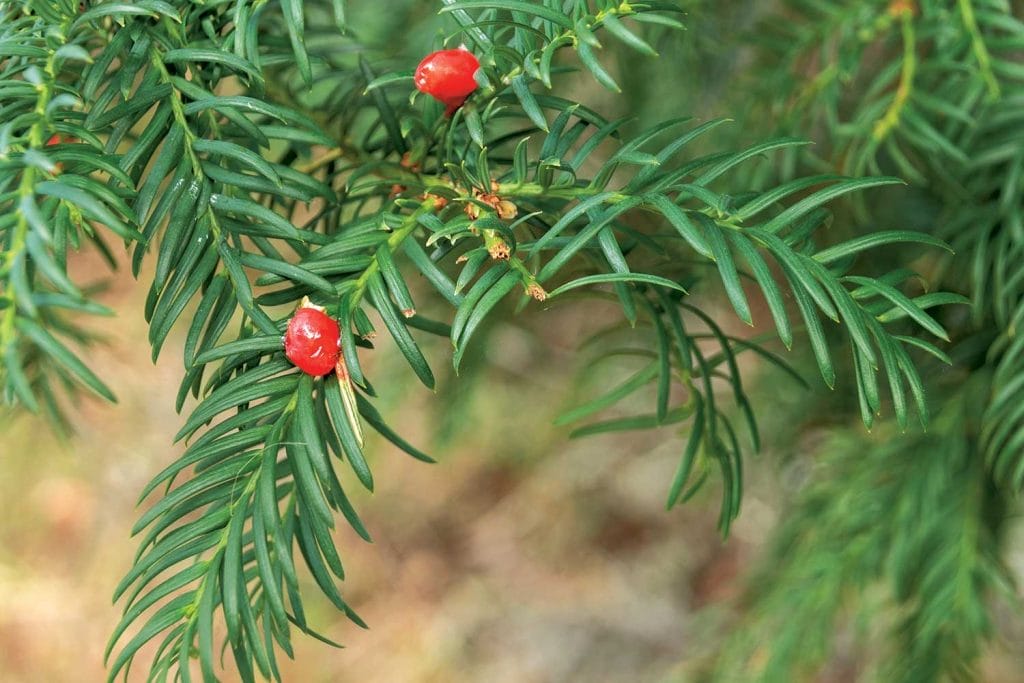
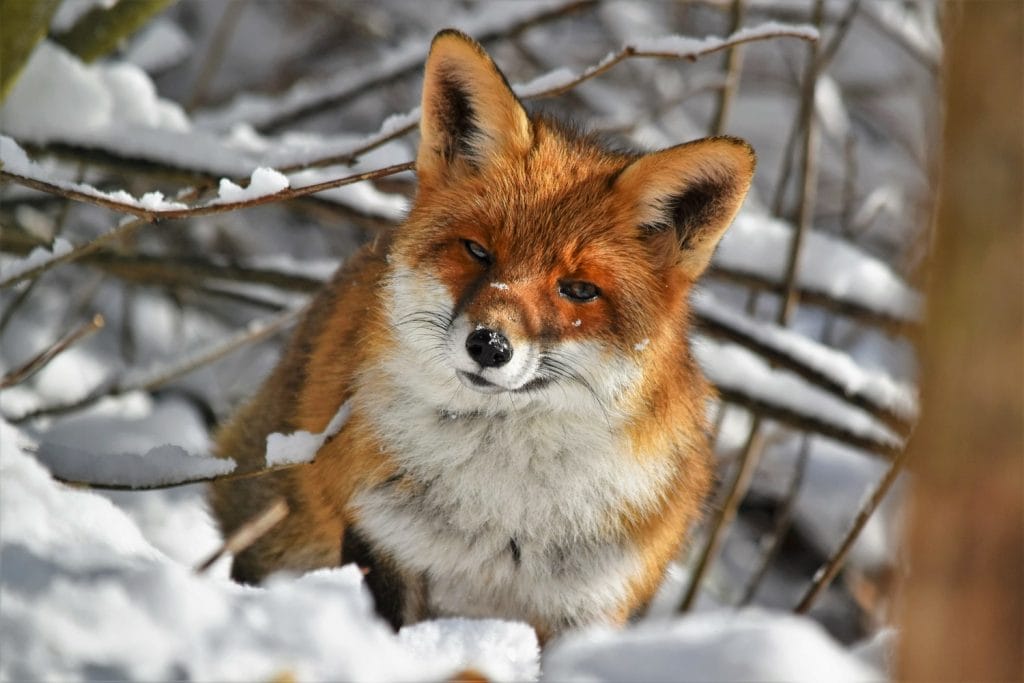
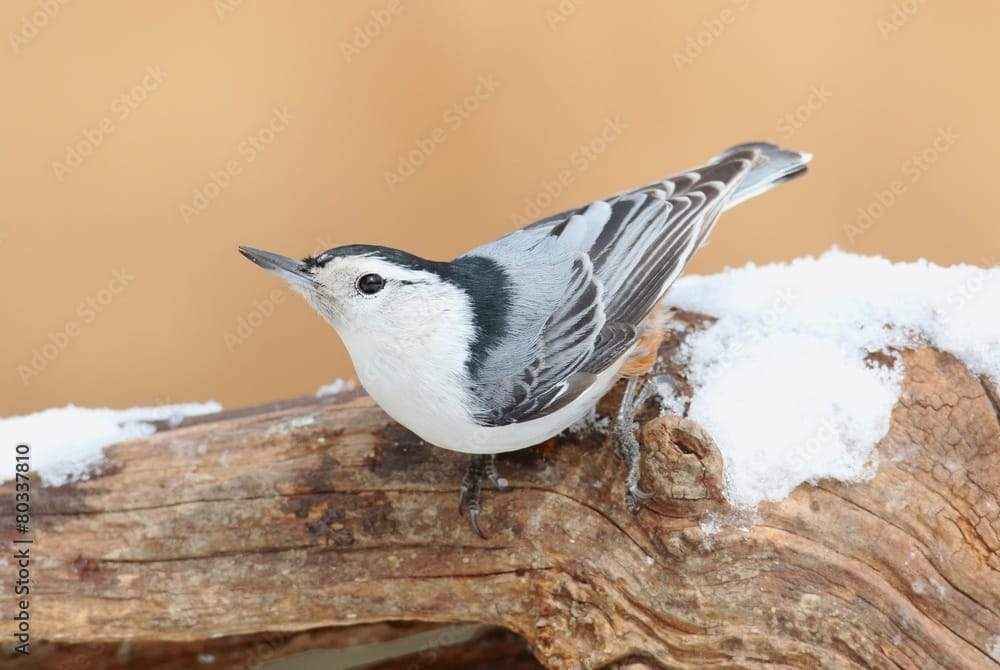
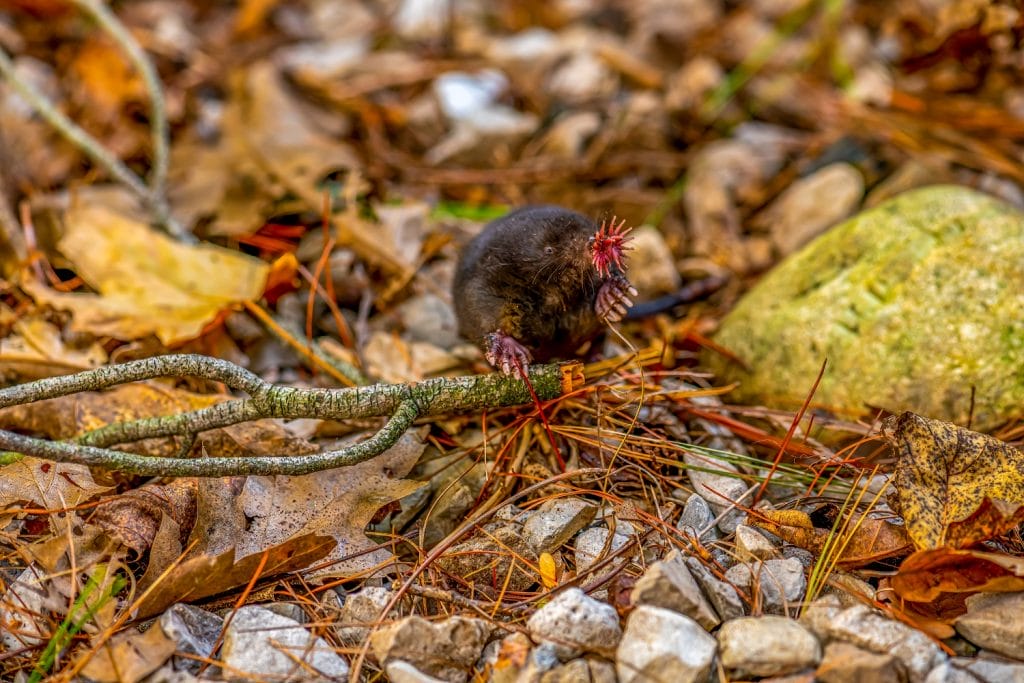
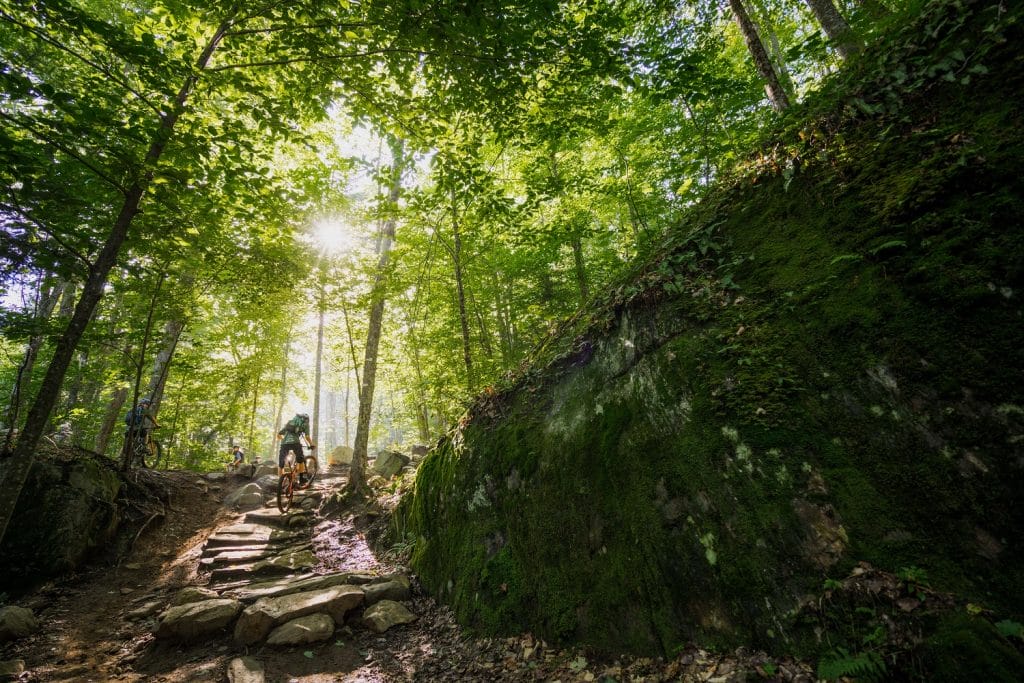

0 Comments